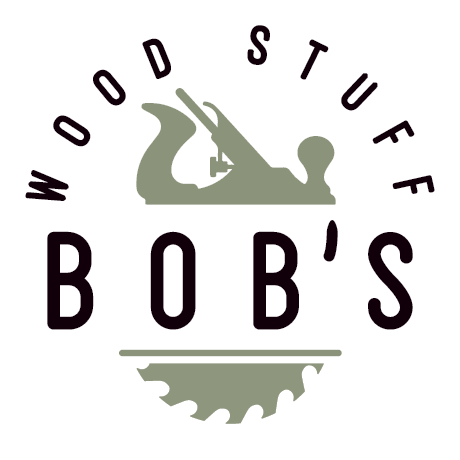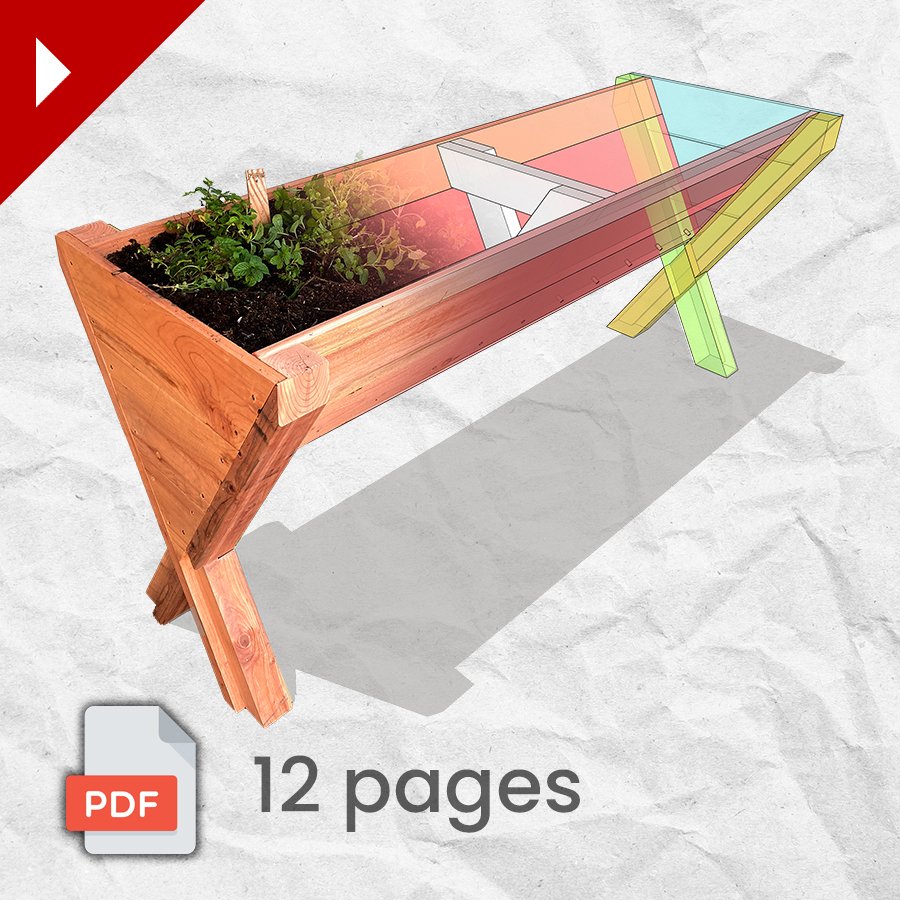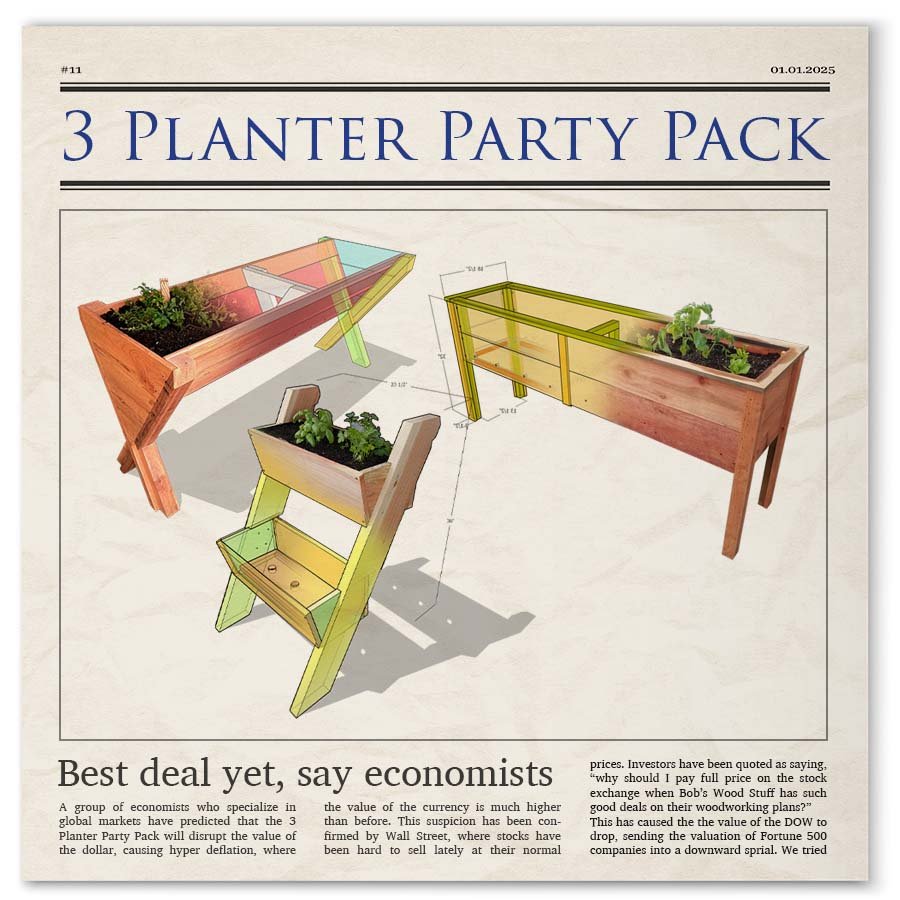Which Wood Should I use for a Planter Box?
This is a common question people ask when building a planter box or raised garden bed. It’s very important to pick the right wood species, because when lumber is outdoors it is subjected to moisture and pests. Moisture can be introduced by condensation from temperature change, precipitation in the form of rain, and in the case of planter boxes, by watering your plants.
There are fungi that feed on wood, which are known as wood-decay fungi. Fungus spores are everywhere, and if given the right conditions they will thrive. Wood-decay fungi need moisture and a food source, which is wood. Once a fungus starts to feed on wood it will rot, making your planter box weaken and become susceptible to pests, which will feed on the wood and further weaken it.
Rot-resistant Wood Species
Several species of wood have developed a natural protection against rot. These include but are not limited to:
Spanish cedar
Eastern red cedar
Western red cedar
redwood
mahogany
white oak
black cherry
black walnut
teak
cypress
For planter boxes it is best to go with a cheaper wood, so this usually means using a softwood like cedar or redwood. Where you live will determine which one is more readily available.
Redwood
If you live on the West coast of the United States, redwood is readily available and affordable. Redwood is a great species for planter boxes, outdoor furniture, fences, gates, pergolas, and gazebos. It is easy to work and has natural oils that make it rot resistant and pest resistant. This also makes it difficult to glue with conventional wood glues, but normally planter boxes rely on fasteners like screws or nails. If you do need to glue it, epoxy and polyurethane glue both work well on redwood.
Commercially available redwood is farmed sustainably, and the lumber comes from fairly young trees. They have wide growth rings and sometimes contain sap wood. Sap wood is the light-colored wood near the bark of the tree, and it is generally softer. On redwood trees the sap wood is the part that lacks a reddish color. The sap wood doesn’t have the rot resistant properties that redwood is known for, so when you are picking out your lumber try to find pieces that have more of the red heart wood in them. Many lumber yards sell heart wood redwood for a higher price than the pieces which contain sap wood, which are often called “common” or “con-common”.
Redwood is available in common dimensional lumber sizes like 2×4, 2×6, 4×4, 6×6, as well as various sizes of fence boards, which are useful for planter boxes. Reclaimed redwood fence boards are good for building planter boxes, and are sometimes available for cheap or free. If you can find old-growth redwood, it is even stronger and more rot resistant. Old-growth redwood also has tighter growth rings, giving it a stronger structure.
Warnings and considerations
The same oils in redwood that make it resist rot have also been shown to be a carcinogen with continuous exposure to breathing sawdust, so make sure to use a respirator when you are sanding or making cuts that produce a lot of sawdust.
Cedar
Cedar is also rot resistant and makes a good wood species for planter boxes. Depending on the region you live in, you will have access to various kinds of cedar. Cedar is often available in dimensioned lumber and fence boards.
Western Red Cedar
This species is found along the West coast of North America. It is rot resistant and pest resistant, but can be more expensive than redwood depending on where you live.
This type of cedar is considered non-toxic, and is often used for cedar-plank cooking.
Eastern Red Cedar (aromatic cedar)
This cedar is found along the East coast of North America. It is one of the most durable of the cedars, and is also rot resistant. This is a good choice for outdoor furniture or planter boxes.
This cedar is toxic to consume.
Alaskan Yellow Cedar
This species of cedar is rot resistant and pest resistant. However, it is much more expensive than redwood, Eastern cedar, and Western cedar, so it would not be a good option for planter boxes.
Conclusion
The best wood species for planter boxes are redwood, Western red cedar, and Eastern red cedar because of their rot resistance and cost effectiveness.











